A tiny Tasmanian invention that could make personalized medication easy and affordable.
Millions of people should have their blood tested each day to check the level of prescription drug in their blood.
Some drugs are only effective within a very narrow range. Too little and the drug is ineffective, too much and the drug could be deadly.
But the current blood tests mean a trip to hospital, requires well-trained analysts, toxic solvents and expensive instruments. Monitoring this way is not practical due to cost and the time involved.
Now, a team at the University of Tasmania has invented a mechanism that uses controlled lightning to accurately measure the concentration of a drug in blood within just three minutes.
The mechanism will form the heart of a device that could fit into one hand and cost just a couple of dollars per test allowing millions to test their own blood at home, not in the hospital.
“I am testing different antidepressants while modifying the device design to get the best results,” says Aliaa Shallan, a PhD student at the School of Pharmacy who is part of the team and one of the 2013 Fresh Scientists.
“Once it’s fully ready, this device will have immediate application. The device has the potential to analyze other drugs like anti-psychotics and anti-epileptics.”
“We also care about the patient comfort. I am exploring the possibility of using saliva instead of blood.”
This invention is a big step forward in the global race to develop ‘personal’ medical treatments – in particular, by tailoring the dose according to the drug level in the blood to ensure optimum benefit. Generic technology to allow cheap self-monitoring of dosage levels has until now proved elusive.
“It is devices like this that will make personalised medicine affordable, dramatically change the quality of life of billions of people around the world, and save government money without increasing the load on hospitals,” says Aliaa, who did the research as part of her PhD.
The main challenge faced by Aliaa in developing her prototype was working out how to extract and measure the drug in the bloodstream without having the result compromised by blood cells and proteins.
“I created nanofilters using controlled lightning; an electric field applied across a thin part of the device,” she says. “The cost is the lowest among existing nanofabrication techniques.”
Her research was recently published in the Royal Society of Chemistry’s journal, Chemical Communications.
The next step in the device’s development is further miniaturization of other instrument parts. Aliaa has declined to patent her invention – preferring to publish the information in the hope that other researchers can help speed its commercialisation.
Ms Shallan is one of 12 early-career scientists unveiling their research to the public for the first time thanks to Fresh Science, a national program sponsored by the Australian Government through the Inspiring Australia initiative. She received funding from the Egyptian Government and through the ARC.
For interview or more information:
- Fresh Science: AJ Epstein, 0433 339 141, aj@scienceinpublic.com.au
- University of Tasmania: Cherie Cooper, 03 6226 2691
A short 20 second clip showing an extreme close up of ‘controlled lightning’ flash.

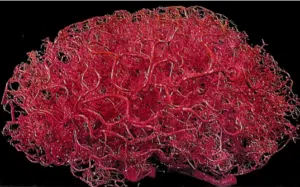
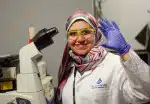
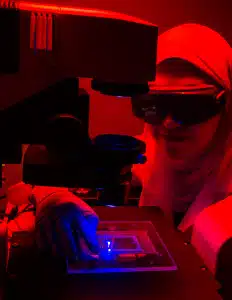
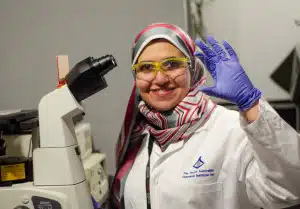
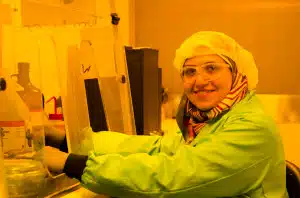



 Fresh Science is on hold for 2022. We will be back in 2023.
Fresh Science is on hold for 2022. We will be back in 2023.